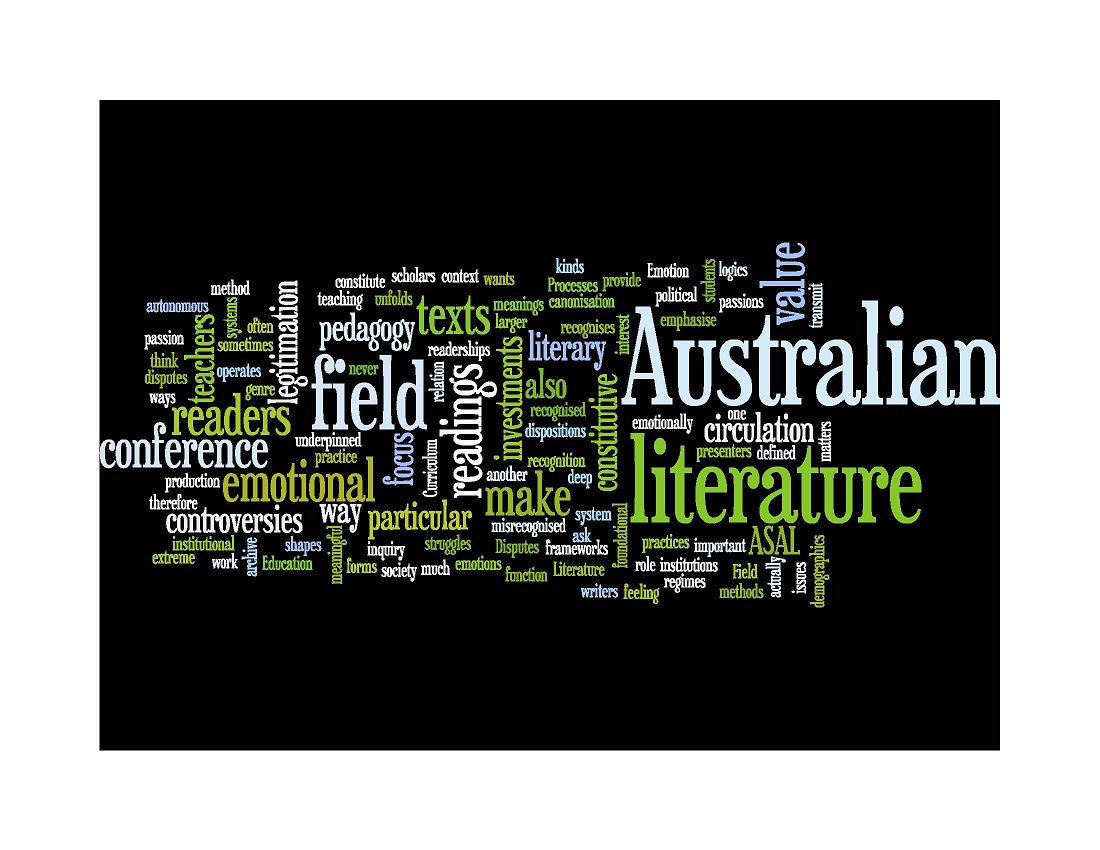Writing Country: Composition, Law and Indigenous Ecopoetics
Keywords:
poetics, law, Aboriginal Country, compositionAbstract
Under the rubric of a proposed symmetry between contemporary recognitions of nature in law and the “lawfulness” of representations of nature, this paper proposes a theoretical meeting between the “composition by field” poetics of the Black Mountain school of the United States, and an Aboriginal compositional ontology best described as a poetics of “Country”. Known most prominently in the work of postwar American poets Robert Duncan and Charles Olson, “composition by field” defines a compositional ontos in which the proprioceptive apprehension of nature and the logos of speech are fused in a state of mythopoiesis. Similarly, “Country” presents an aesthetic ontology in which the cosmos is substantiated as a “lawful” poetic subject in which speech, mythos and nature are combined. The ontos of “composition by field” is symmetrical with the compositional ethos of Country, a compatibility that can be observed closely in their corporealisation of nature amidst cultural imperatives of aesthetic and custodial law/lore. In both, nature adheres to a logos of personality which is simultaneously legal and aesthetic, suggestive of an array of correspondences between a processual, muthologic compositional methodology, the performative and linguistic embodiment of Aboriginal songs and stories, and a poiesis that is connately local and extensively sustaining. As such, a relation between “composition by field” and “Country” constitutes a foundational opportunity in theorising potential correspondences between western and Indigenous modes of decolonised literary embodiment.Downloads
Issue
Section
Articles
License
The copyright for articles in this journal is retained by the author(s), with first publication rights granted to the journal. By virtue of their appearance in this open access journal, articles are free to use with proper attribution in educational and other non-commercial sectors.Attribution-NonCommercial-ShareAlike 2.1 Australia
This work is licensed under the Creative Commons Attribution-NonCommercial-ShareAlike 2.1 Australia License. To view a copy of this license, visit http://creativecommons.org/licenses/by-nc-sa/2.1/au/ or send a letter to Creative Commons, 543 Howard Street, 5th Floor, San Francisco, California, 94105, USA.
How to Cite
Writing Country: Composition, Law and Indigenous Ecopoetics. (2012). Journal of the Association for the Study of Australian Literature, 12(1). https://openjournals.library.sydney.edu.au/JASAL/article/view/10173

